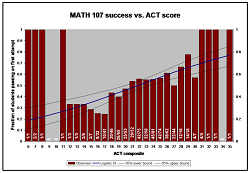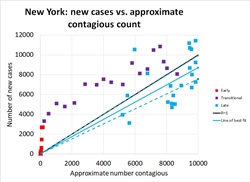Social and behavioral statistics
Are you designing a set of questions for an opinion poll? Trying to decide how many interviews to conduct for a psychological study? Trying to control for the influence of age, gender, or race as you look for a pattern in behavioral data? Contact me and see how I can help.

I spent five years working full-time in this field, studying student success issues at PAIR, the Office of Planning, Analysis, and Institutional Research at the University of Alaska Fairbanks. My work there was presented at the regional PNAIRP and national AIR conferences.
Since the summer of 2017 I have again been doing institutional research for Flathead Valley Community College.I also borrowed methods from fisheries statistics to count how many drunk drivers were on the road (just counting arrests mostly measures degree of enforcement, not number of drunk drivers) and analzyed the impact of a tax increase on alcohol sales for Alaska’s Advisory Board on Alcohol and Drug Abuse.
Some of my recent work at the Idaho National Laboratory, not yet published, compared the Big Five personality profiles of computer programmers with the population at large.

In my spare time in the spring of 2020, I investigated how rapidly the novel coronavirus is spreading, to assess the effectiveness of each state's social-distancing and contact-tracing efforts, and speculate on the consequences of reopening too soon.
